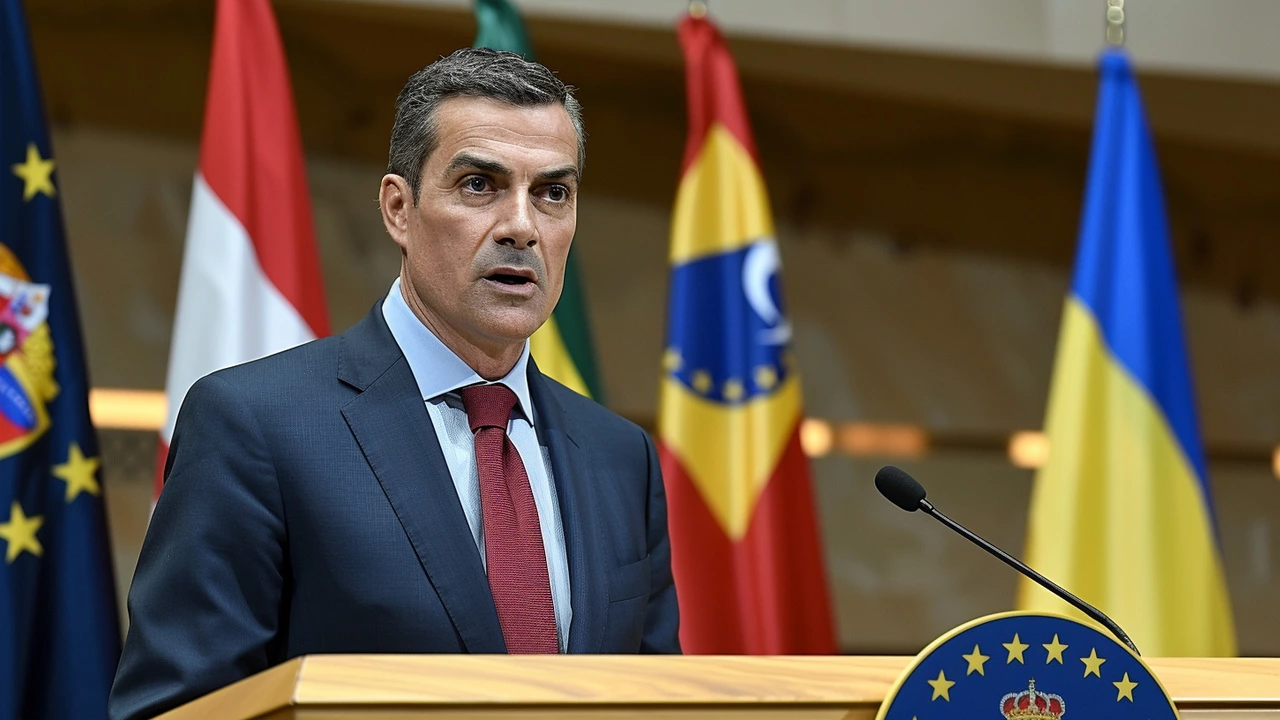European Diplomacy: What’s Shaping the Continent Today?
Europe’s diplomatic landscape is a moving target. Every week you see a new treaty, a fresh summit, or a sudden shift in alliances. For anyone trying to follow the news, it can feel overwhelming. The good news? The core ideas are simple: countries negotiate to protect their interests, promote stability, and push shared values across borders.
One big trend right now is the EU’s push for a unified foreign policy. After years of member states acting on their own, Brussels is trying to speak with one voice on issues like climate action, security, and trade. This means you’ll hear more about joint statements from France, Germany, and Poland rather than isolated headlines. The goal is to increase Europe’s clout on the world stage and make negotiations smoother for everyone involved.
How Real‑World Events Influence Diplomacy
Take the recent Euro 2024 match between Croatia and Albania. While it’s a sports event on the surface, the game sparked diplomatic chatter about visa policies, fan travel, and cross‑border cooperation. Governments used the spotlight to showcase how they can handle large crowds safely, reinforcing their reputations for good organization. Even a football match can become a soft‑power tool, showing how cultural moments feed into diplomatic narratives.
Another clear example is the ongoing debate over the UK’s relationship with the EU post‑Brexit. Trade talks, fishing rights, and security cooperation all hinge on diplomatic negotiations that affect daily life for millions. When you see headlines about new agreements or stalemates, remember they’re the result of months—sometimes years—of back‑room discussions, compromises, and strategic planning.
Common Challenges and How Europe Deals With Them
Energy security is a hot button issue. With reliance on external suppliers, European diplomats are juggling talks to secure stable, affordable energy while pushing for greener alternatives. The result? A mix of long‑term contracts, joint investment funds, and rapid policy shifts toward renewables. It’s a balancing act that demands constant dialogue between member states, industry leaders, and external partners.
Another challenge is migration. Countries on the continent’s southern edge face pressure to manage flows of people seeking safety and work. Diplomatic efforts focus on sharing responsibilities, funding border management, and creating legal pathways for migrants. While solutions aren’t perfect, the multilateral approach shows Europe’s commitment to handling a complex, humanitarian issue together.
Finally, digital sovereignty is becoming a diplomatic priority. Nations are negotiating standards for data protection, AI ethics, and cyber‑defense. The EU’s GDPR set a global benchmark, and now European diplomats are working to extend similar rules to emerging tech. This area highlights how diplomacy isn’t just about traditional politics—it’s also about shaping the future of technology.
Bottom line: European diplomacy is a blend of big‑picture strategy and everyday problem‑solving. Whether it’s a sports event, a trade deal, or a tech regulation, each piece fits into a larger puzzle where countries aim to protect their citizens and promote shared goals. Keeping an eye on these moves helps you understand why certain headlines matter and what they might mean for you tomorrow.
